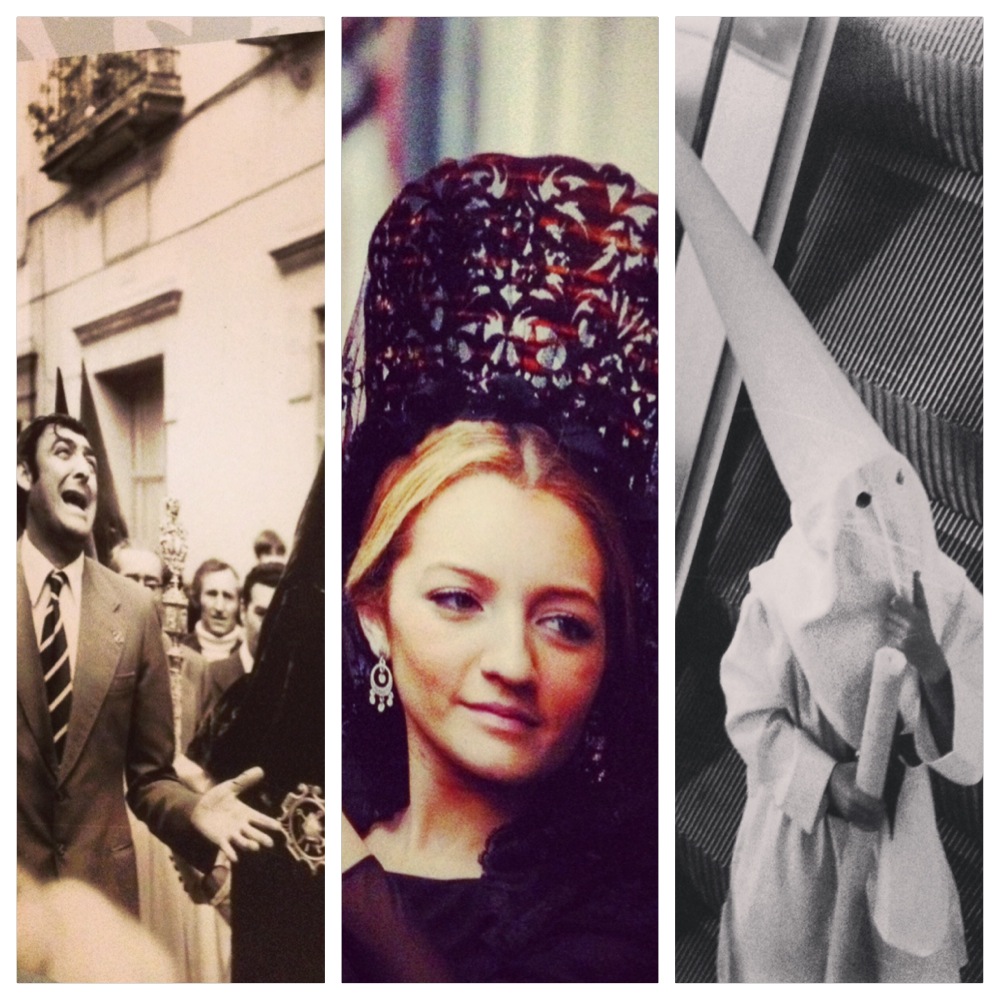Easter may be well over now, and it’s a couple of weeks since we returned, but memories of Seville are still burning very, very brightly. We were lucky enough to be there during Semana Santa (Holy Week) and, oh my word! What a spectacle! The week features the processions of pasos – floats of life-like wooden sculptures of individual scenes of the events from the Passion, or of the Virgin Mary. The processions are organized by hermandades and cofradías, religious brotherhoods. During the processions, members precede the pasos dressed in penitential robes, and conical shaped hoods. The processions work along a designated route from their home churches and chapels to the Cathedral, the ones from the suburban barrios taking up to 14 hours to return to their home churches. The processions continue from Palm Sunday to Easter Sunday morning. The climax of the week is the night of Holy Thursday, when the processions continue throughout the night, into Good Friday morning – the madrugá. An astonishing display of theatre…
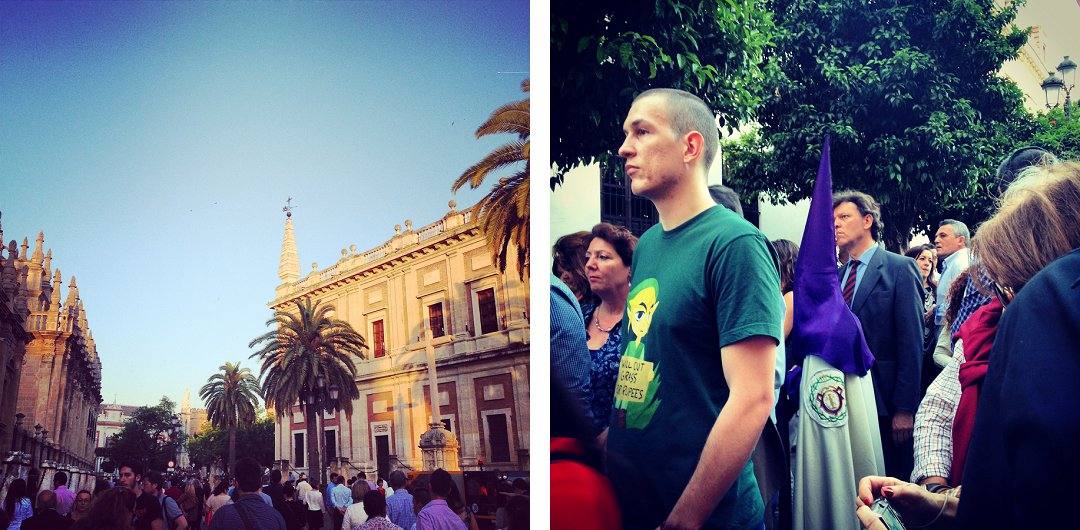
The MADRUGA begins on the evening of Holy Thursday and continues through the night, into the small hours, often still going on Good Friday morning. It is a real test of endurance. The processions of local brotherhoods – endless rows of nazarenos, or penitents, who slowly walk carrying candles, torches, wooden crosses, and lavish “Pasos”, or floats – wind their way through the central streets of Seville, accompanied by the haunting and hypnotising sounds of drums and coronets from the marching bands. Considered as one of the main elements of the Holy Week processions, the elaborate floats, carried at head height, are decorated with religious statues that depict scenes from the gospels related to the Passion of Jesus Christ and the Sorrows of the Virgin Mary. They march, slowly, from their neighbourhood churches to the cathedral and the whole night is a real test of endurance. A mesmerizing feature of the processions is the wearing of the penitential robe – the nazareno. Although similar to those of the Ku Klux Klan, they’re completely unrelated – these long purple robes with pointy hoods (capirote) were widely used in medieval times.
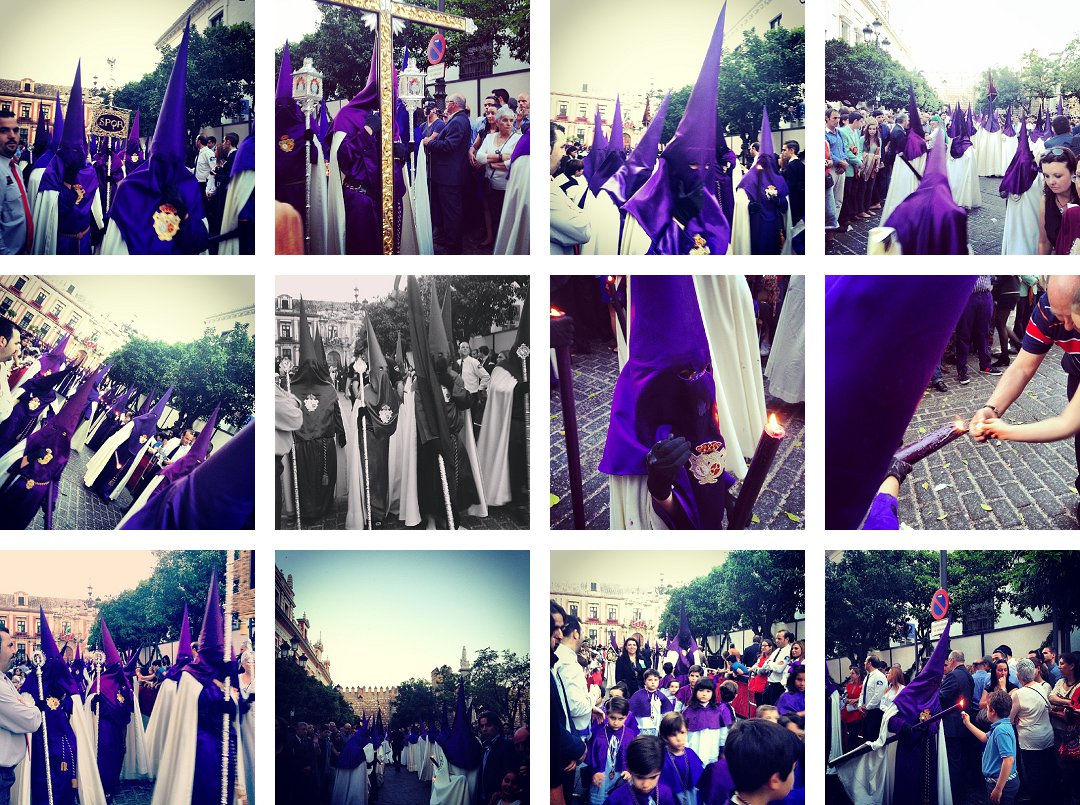
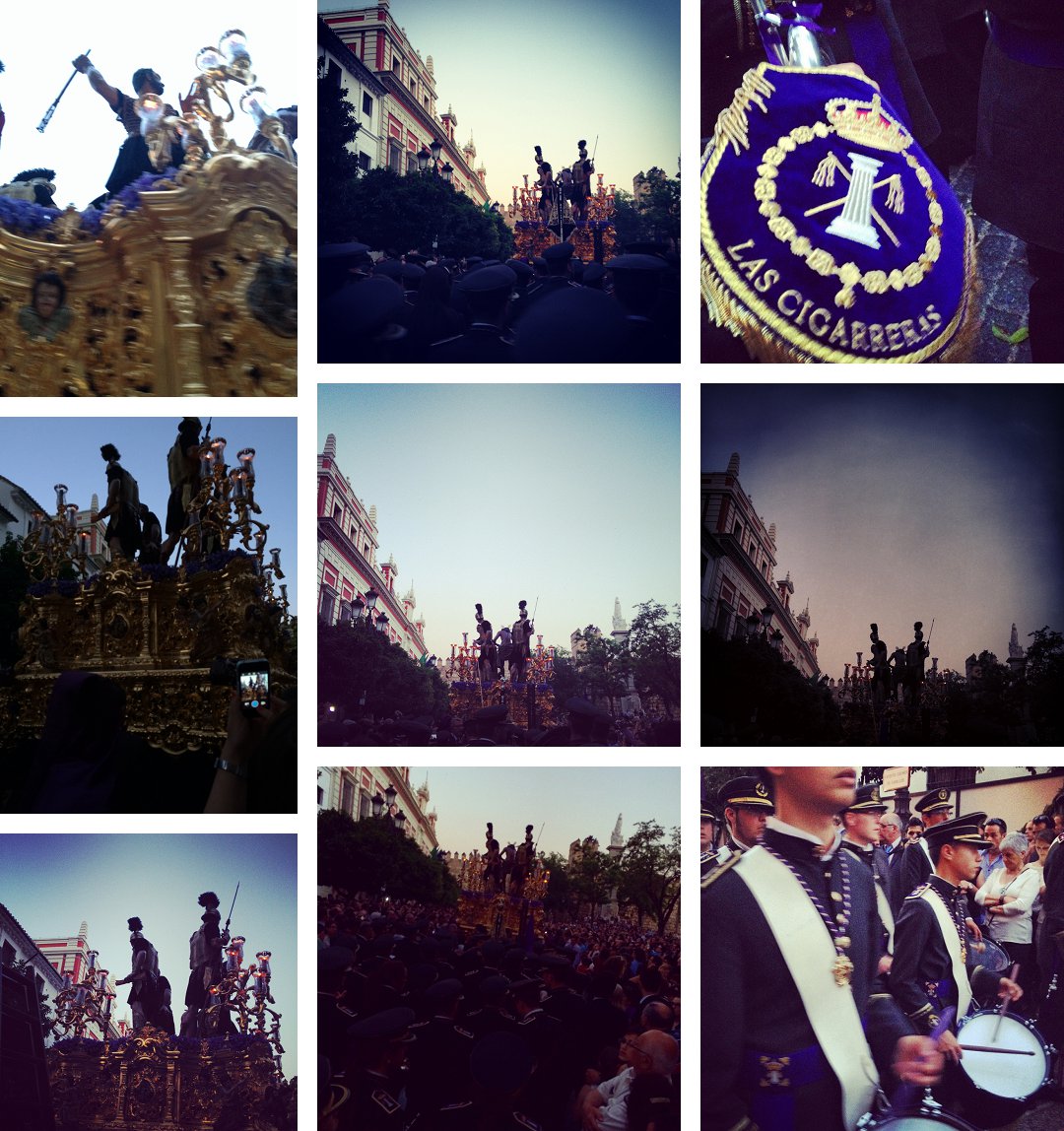
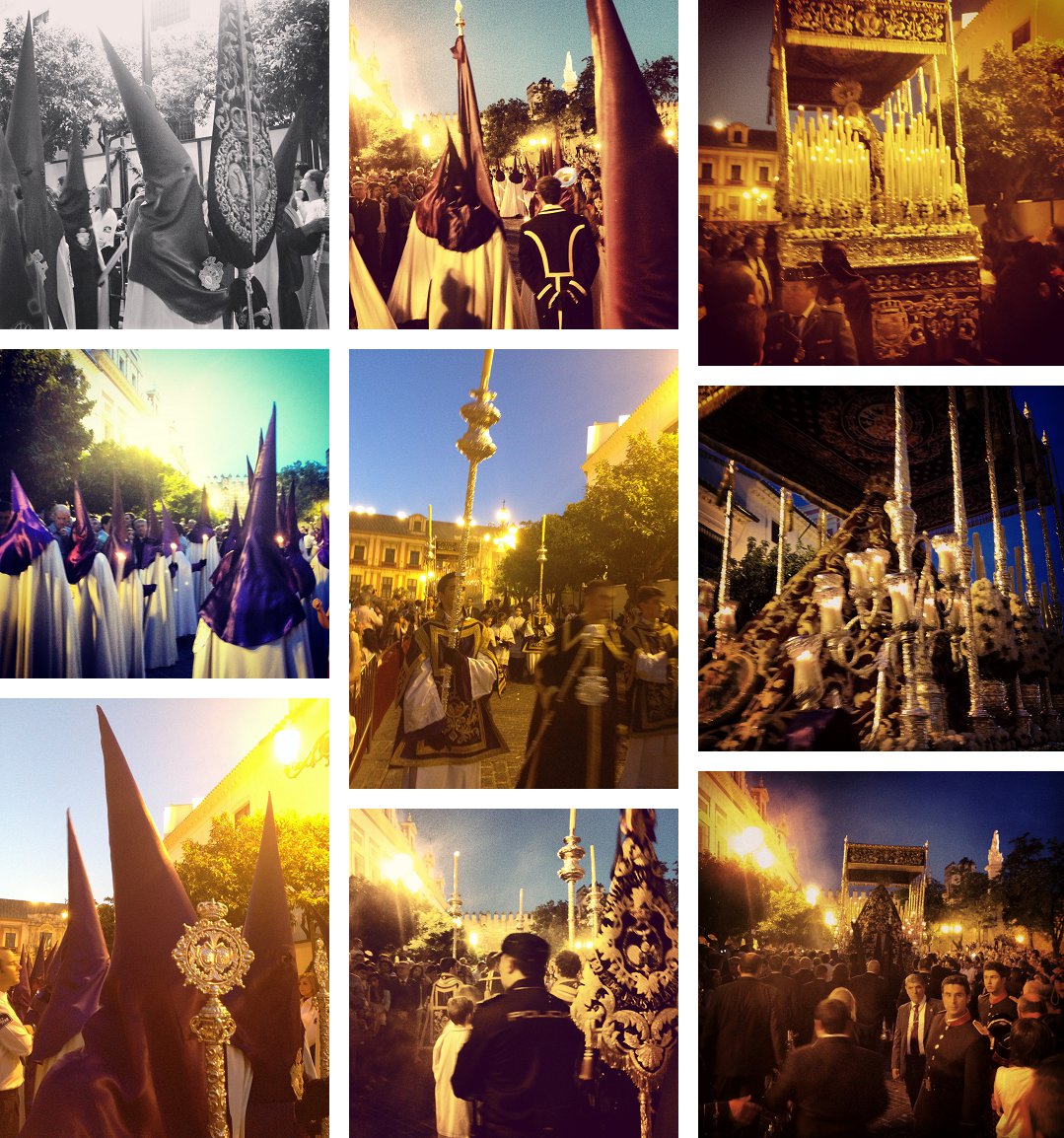
As the evening progresses, the crowds grow and the atmosphere is palpable. There’s a heady mix of religious fervour and curiosity and awe. Some people are clearly there to have a full on religious experience, but some – like us – wanted to experience it for the first time. I can honestly say I have never witnessed, or experienced anything quite like it. It really was quite intoxicating and we followed the processions for hours, into the early morning of Good Friday. Luckily, bars and restaurants are mostly open for the duration, so weary feet can be rested…

Good Friday sees Round Two, and as we were there, we did the whole thing again. Seeing it all in darkness is a spectacle but you did miss lots of what is going on, so doing it in the day time, gives you the opportunity to everything in its full glory…
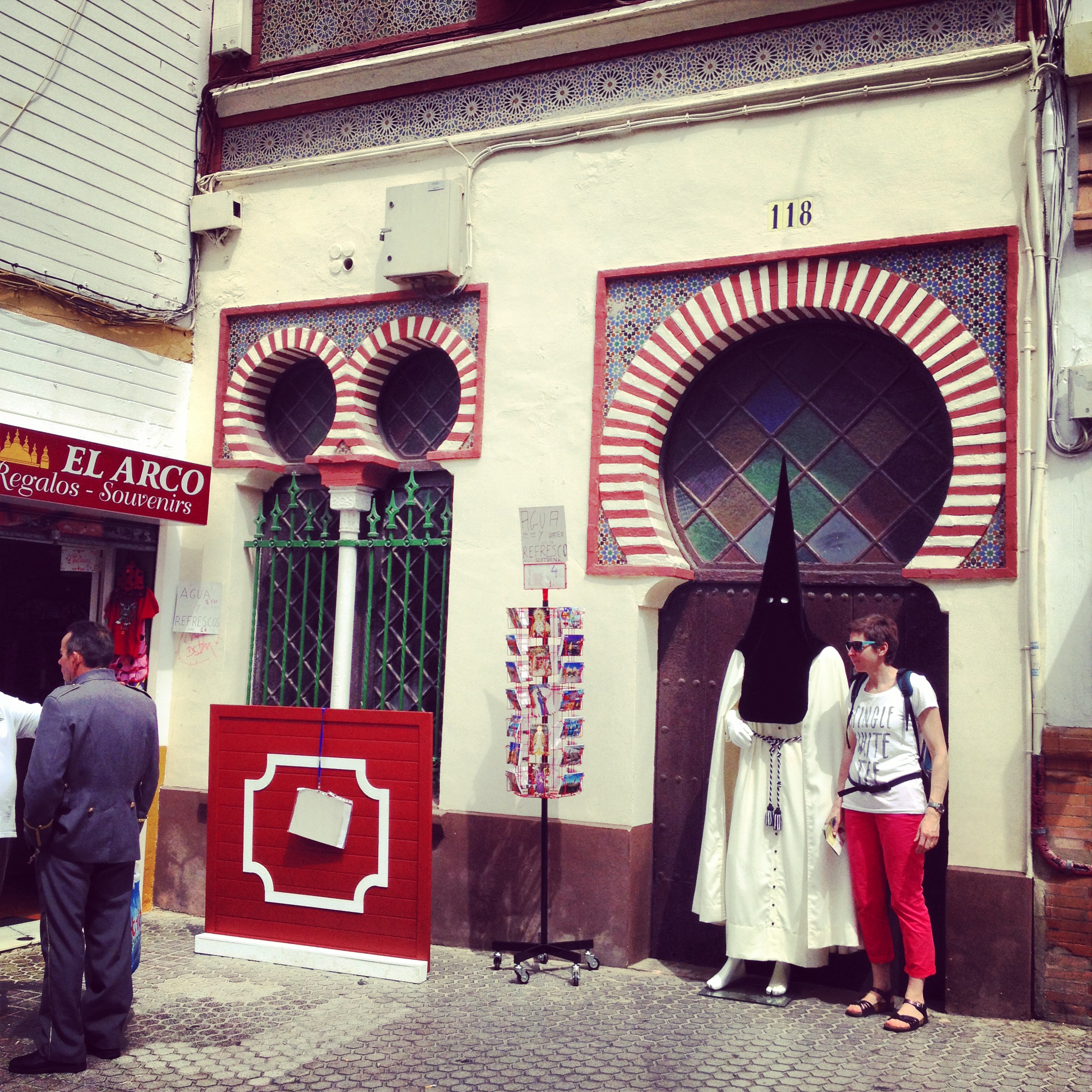
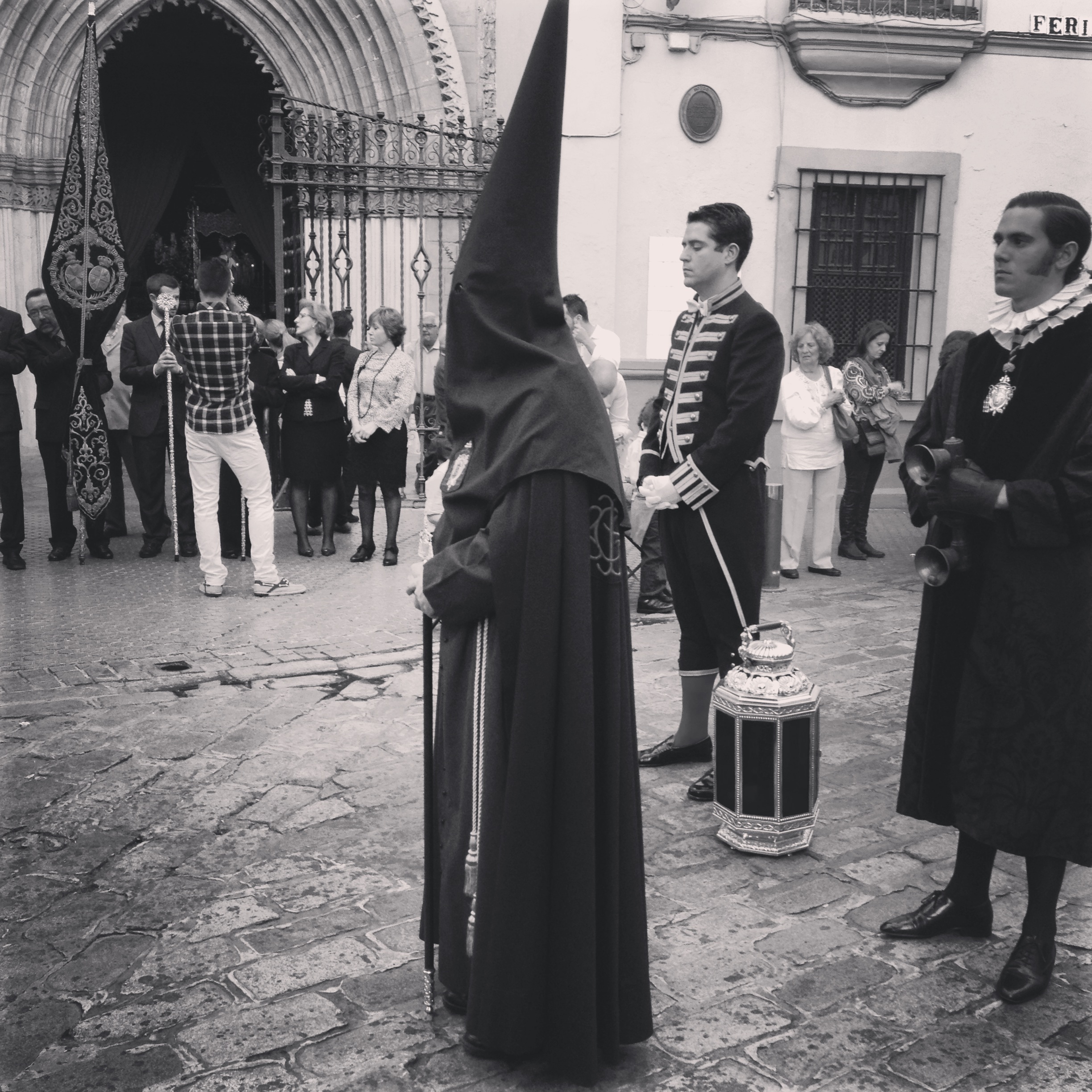
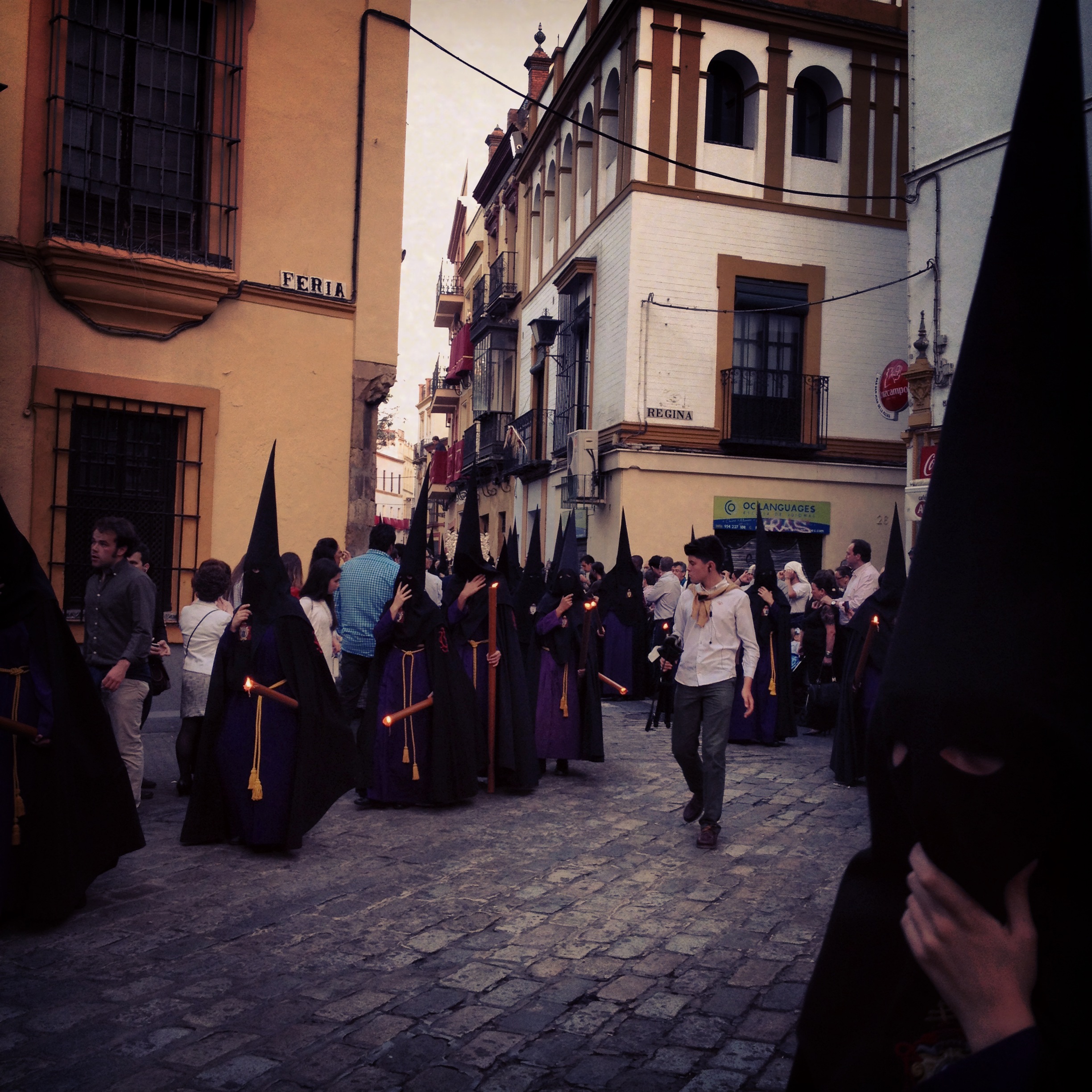
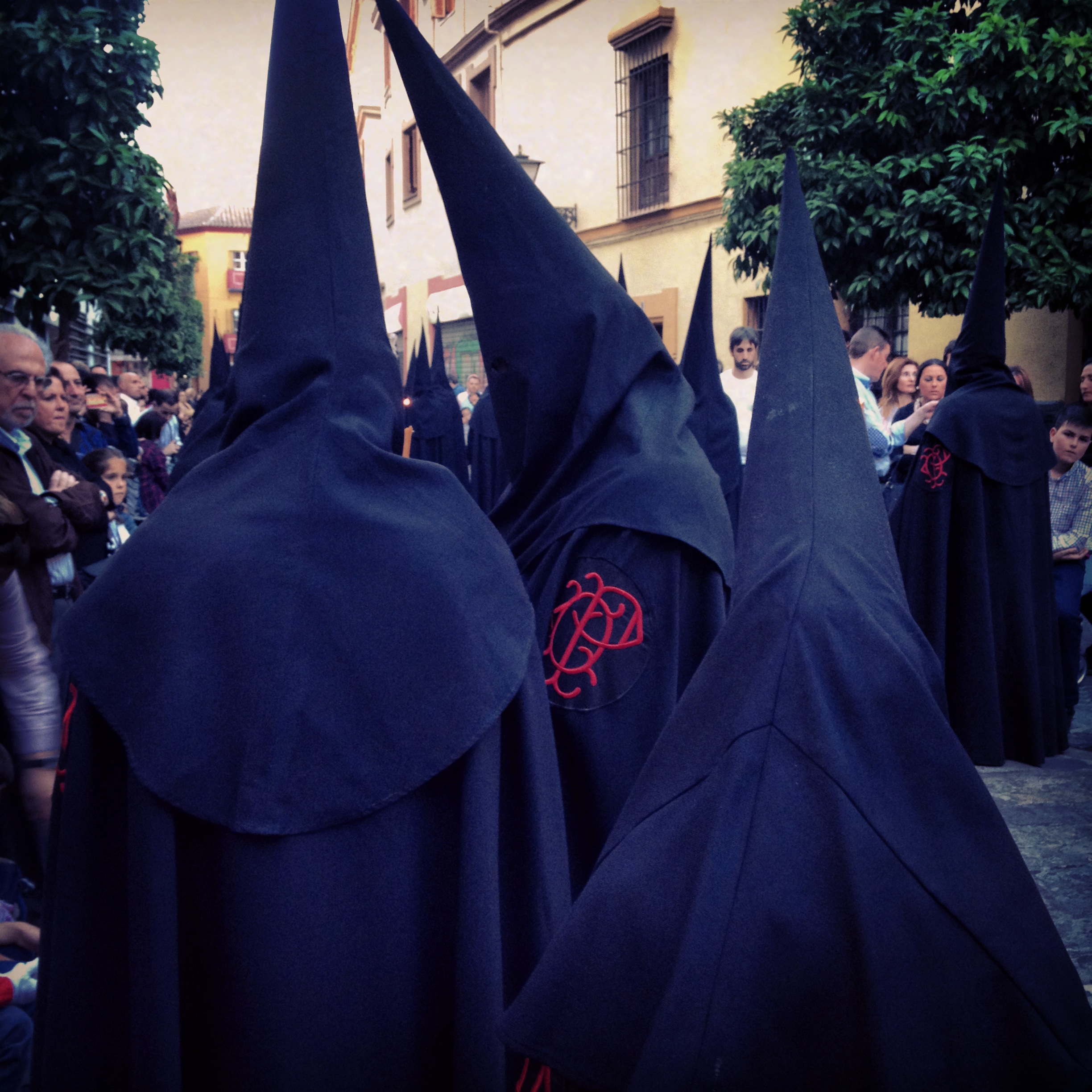
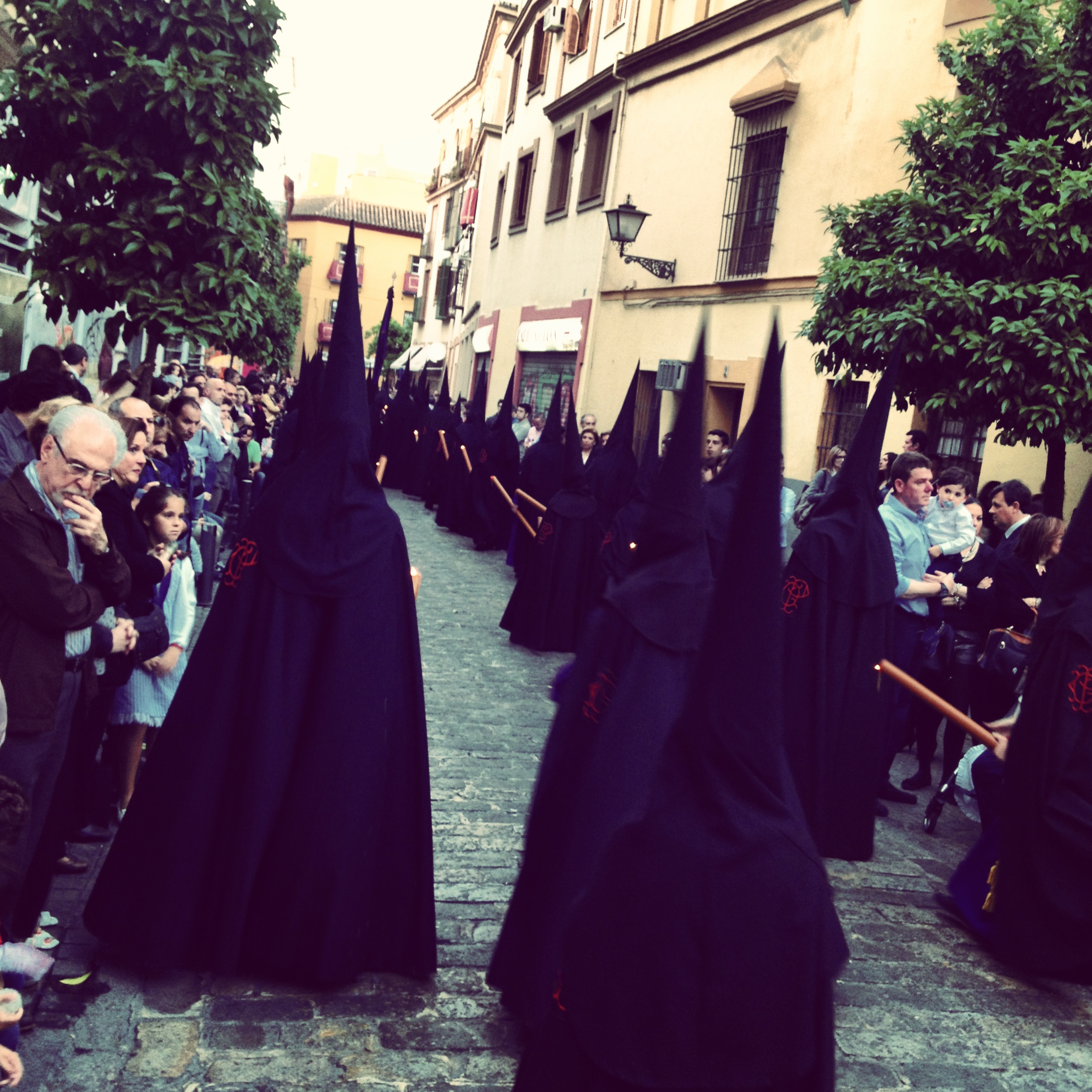
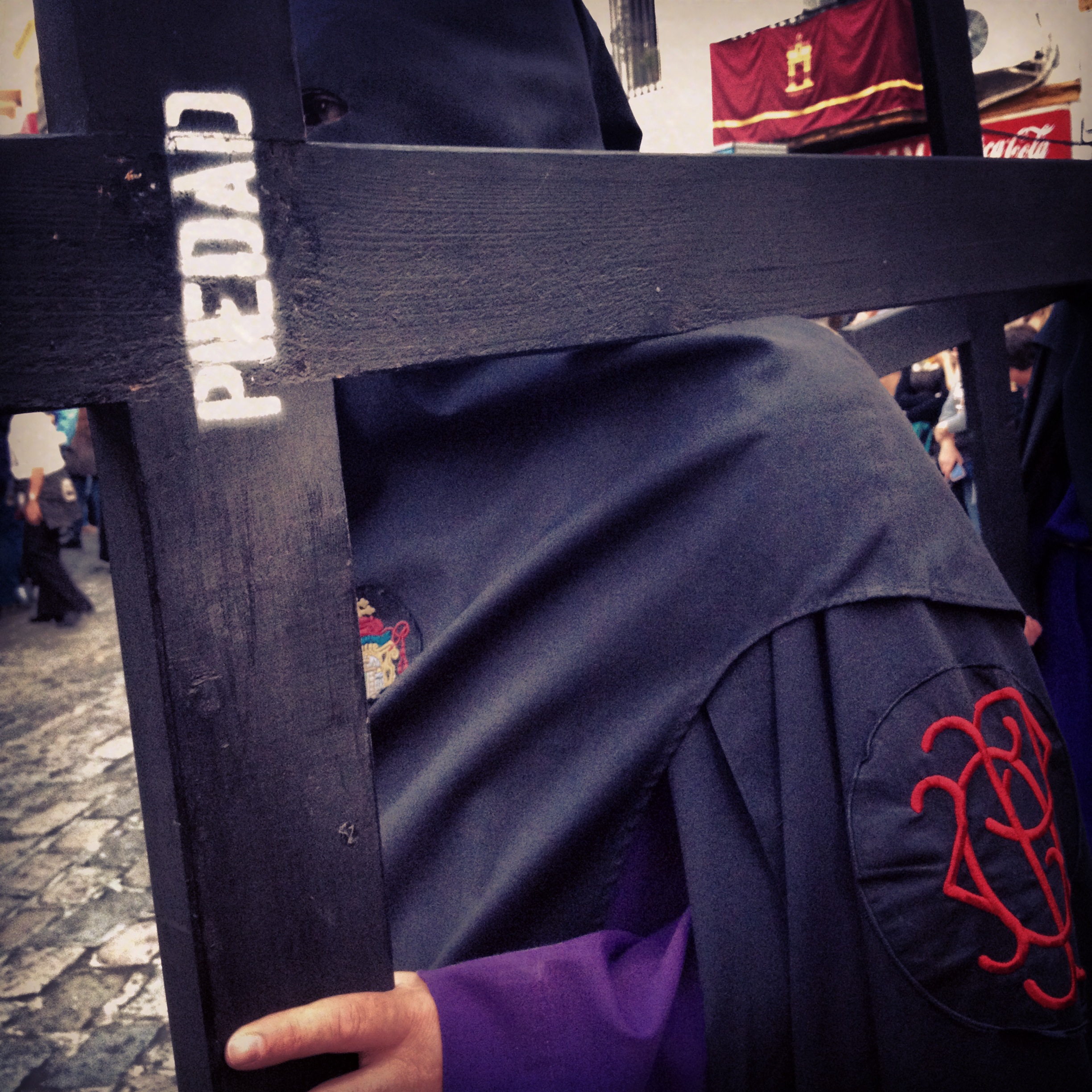
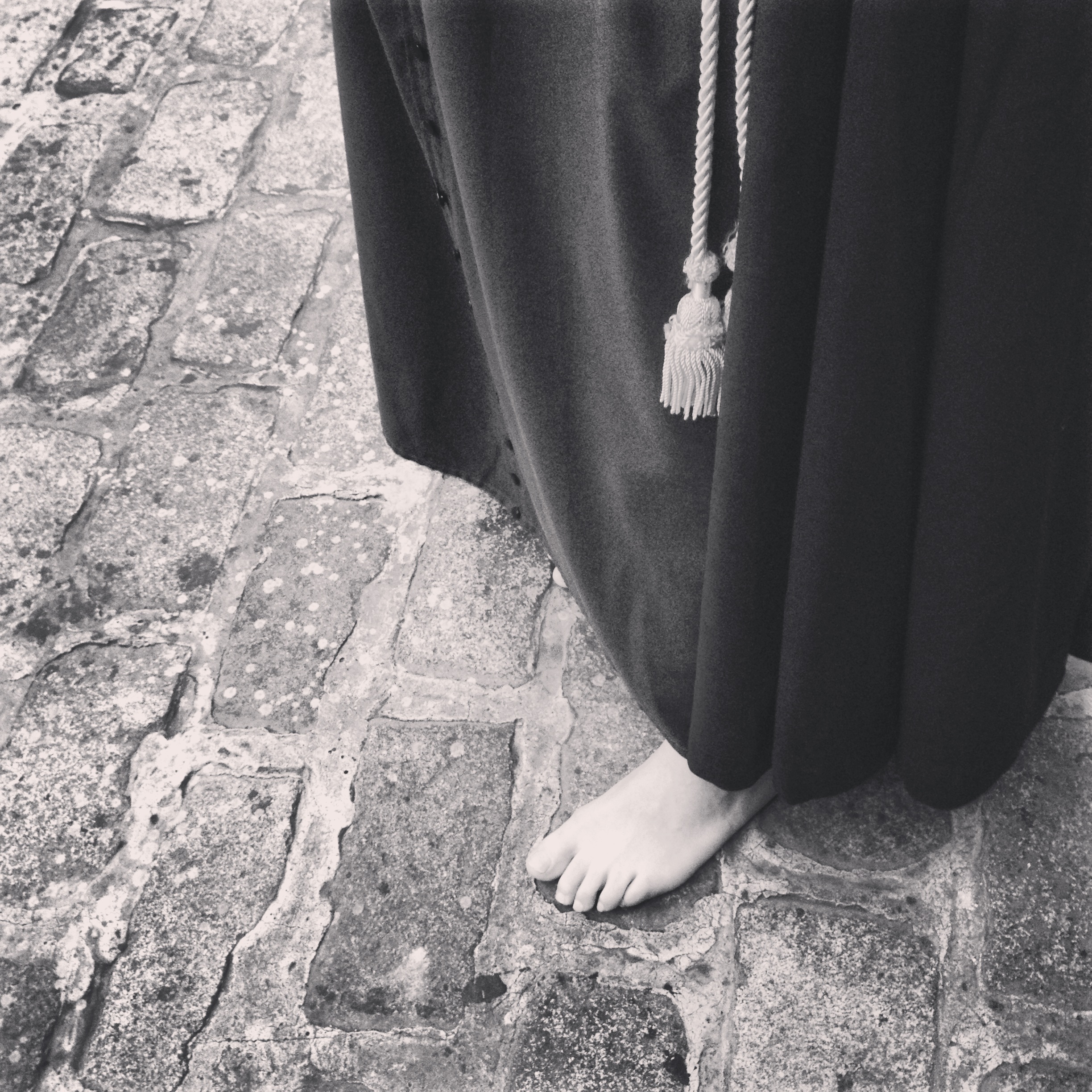
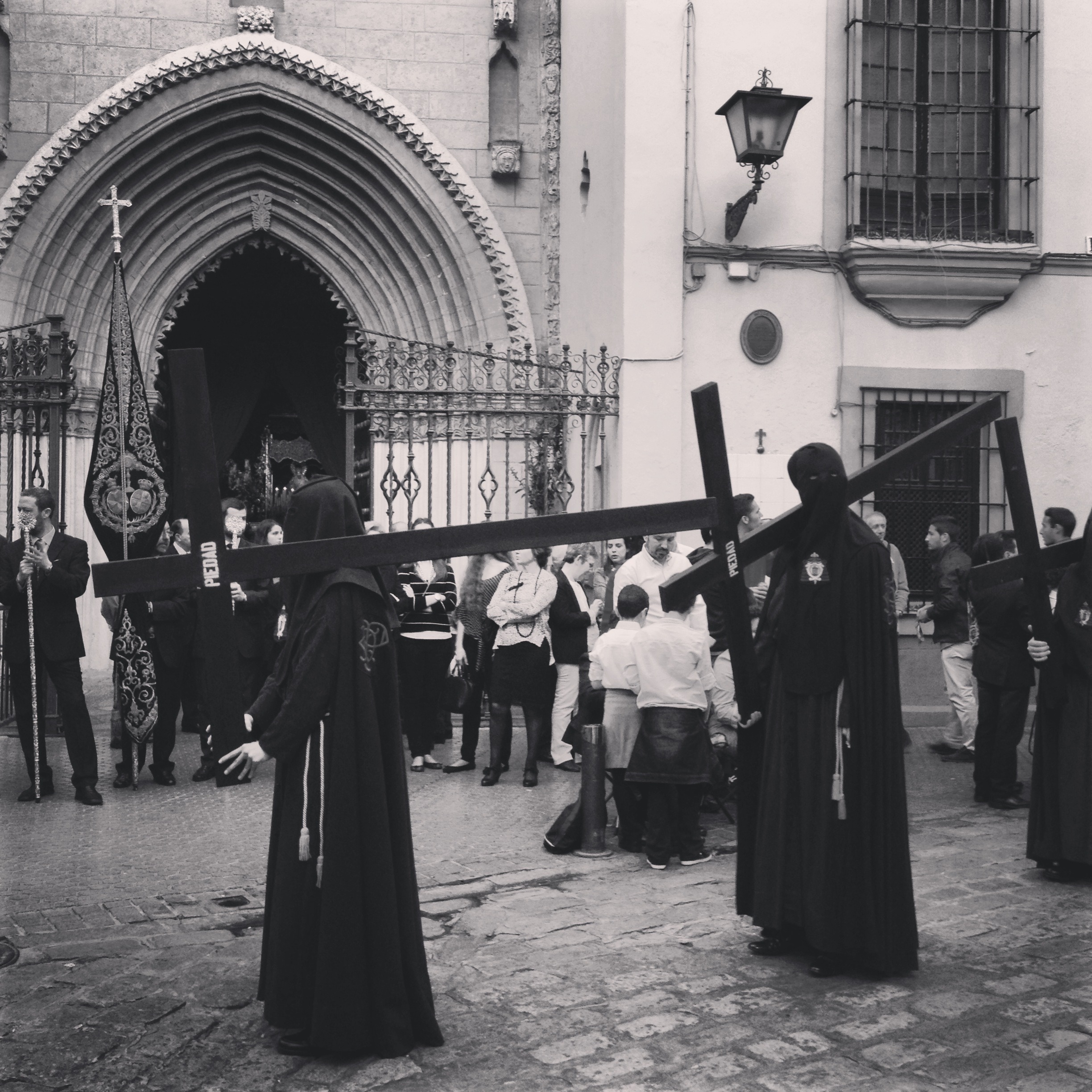
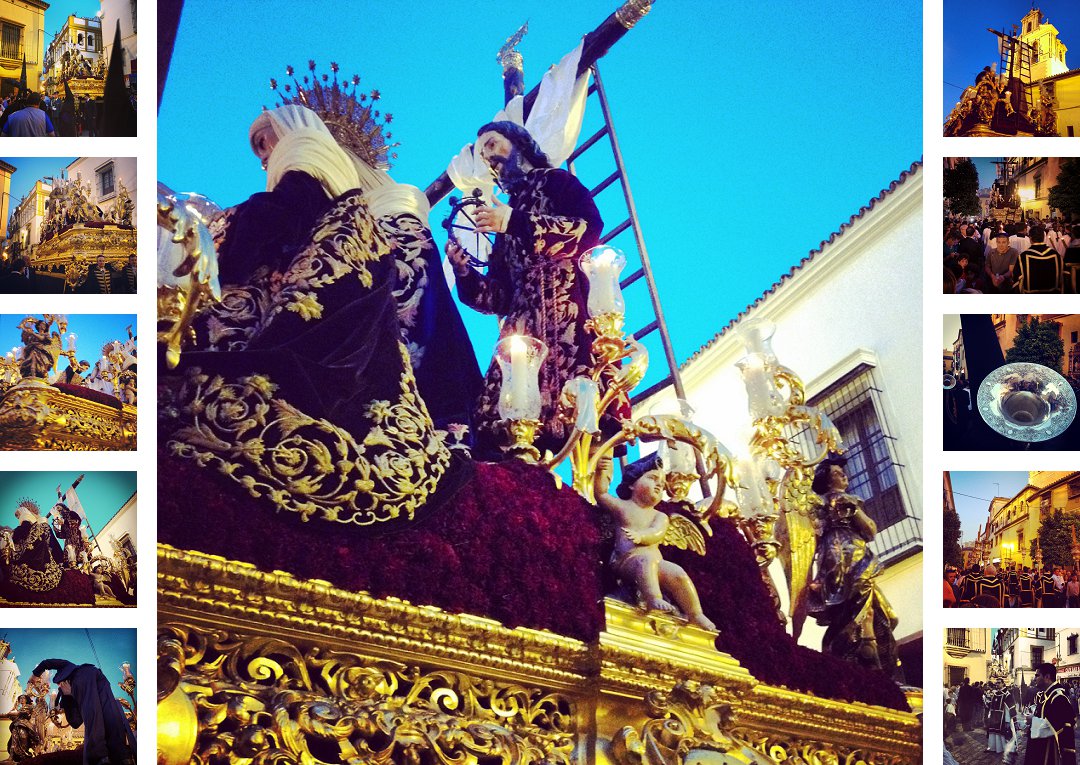
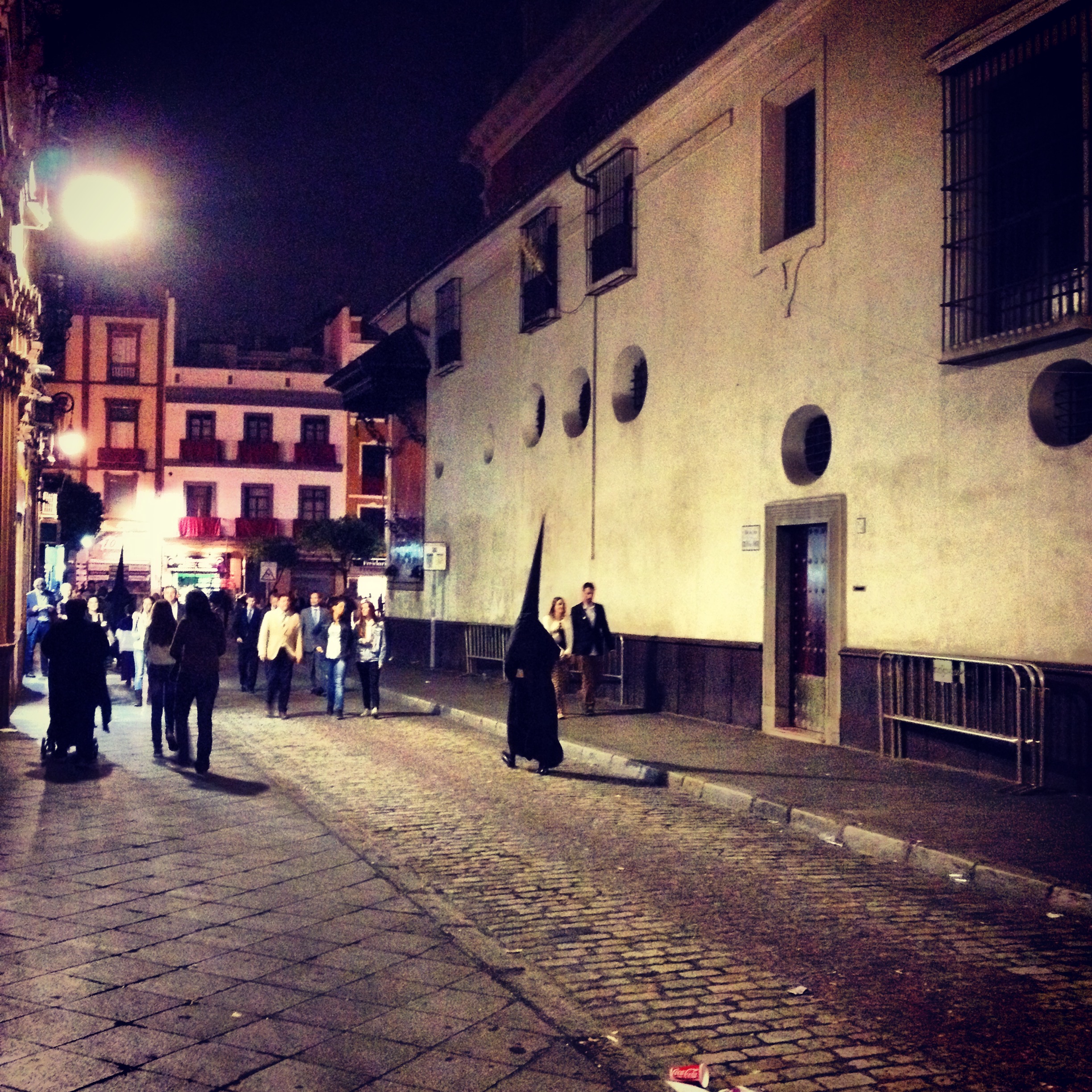
Easter Saturday is a little more subdued, but if you want your fix of processions again, you can do the whole lot again. Fair play to the people participating – although they do apparently rehearse all year round and it is considered to be the greatest honour to take part.
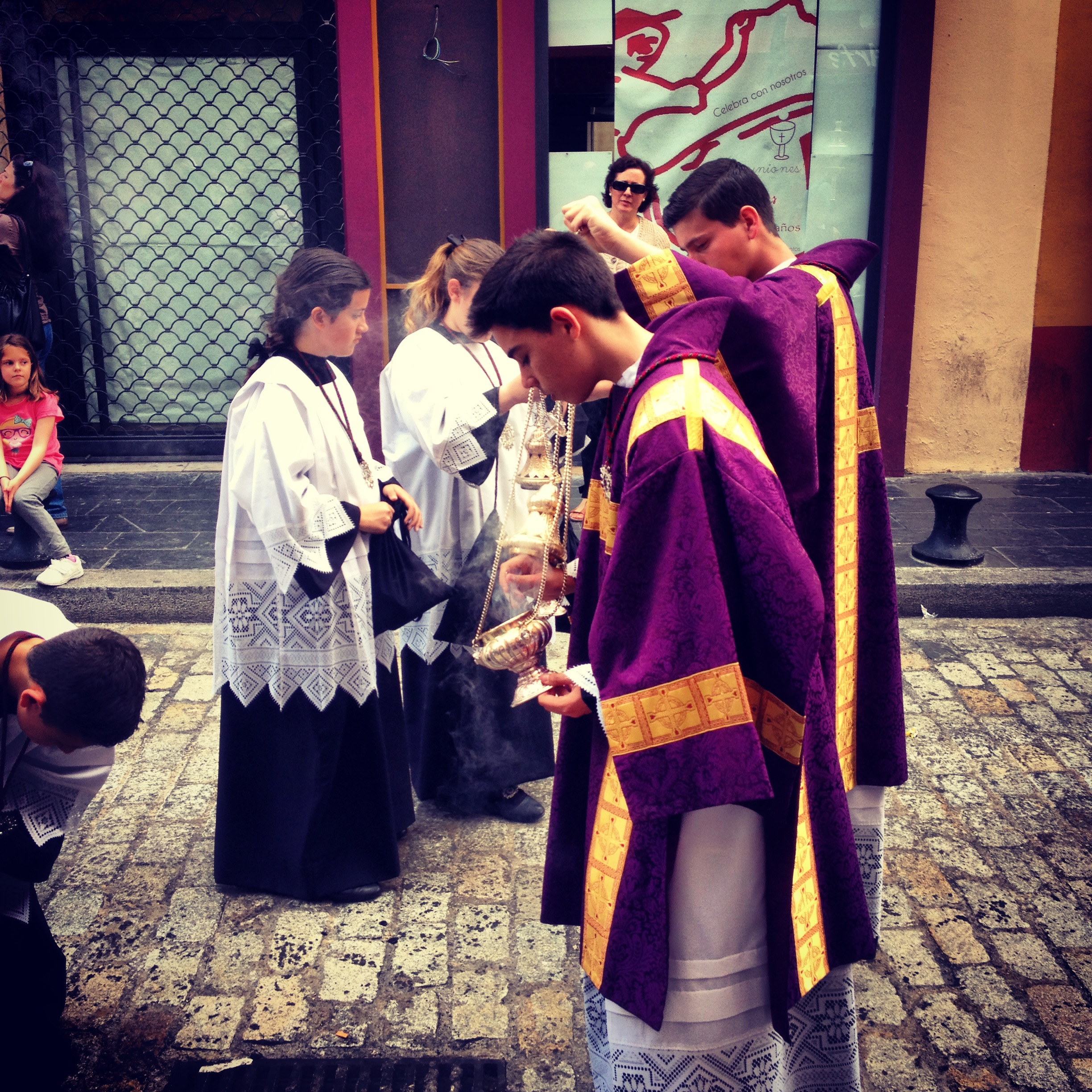
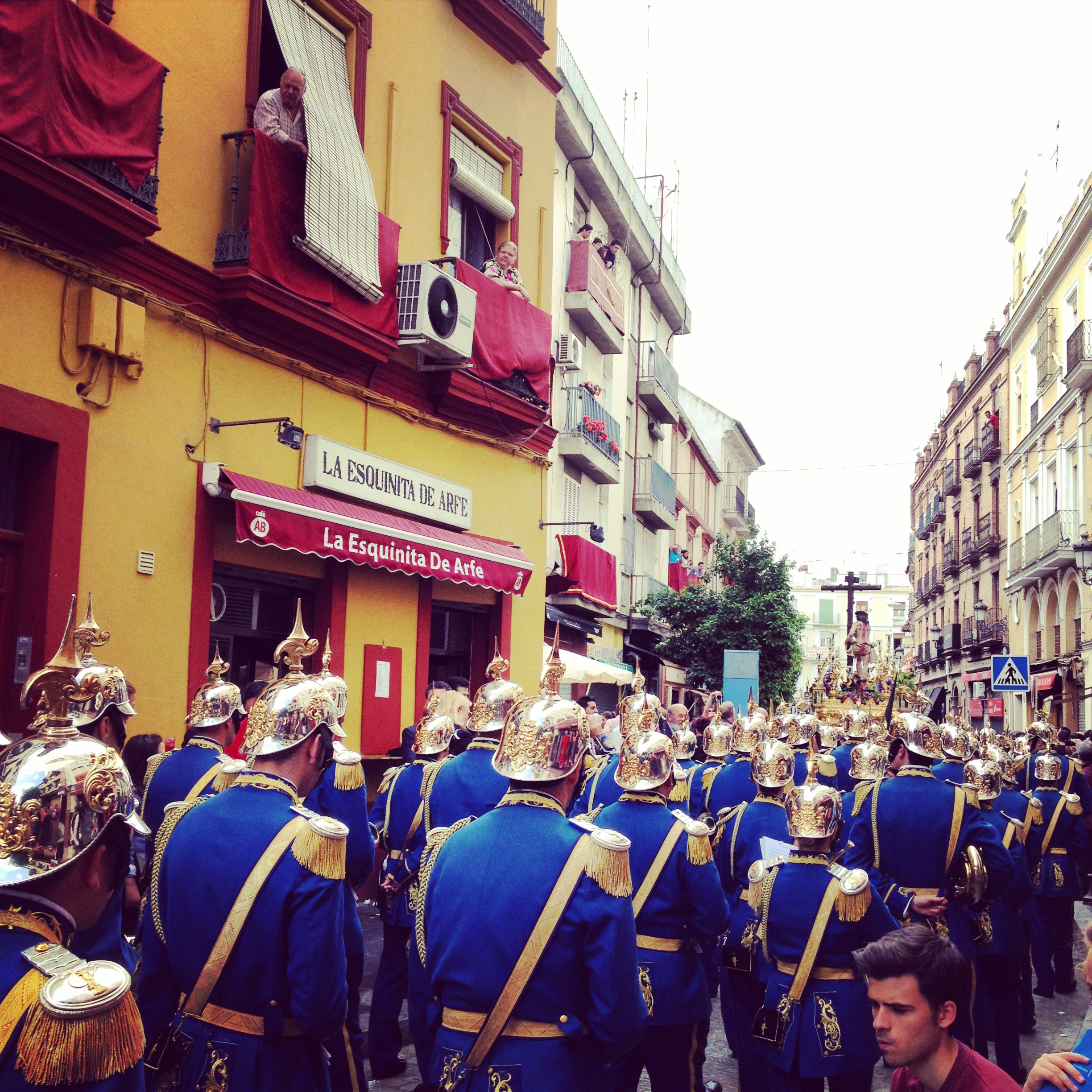
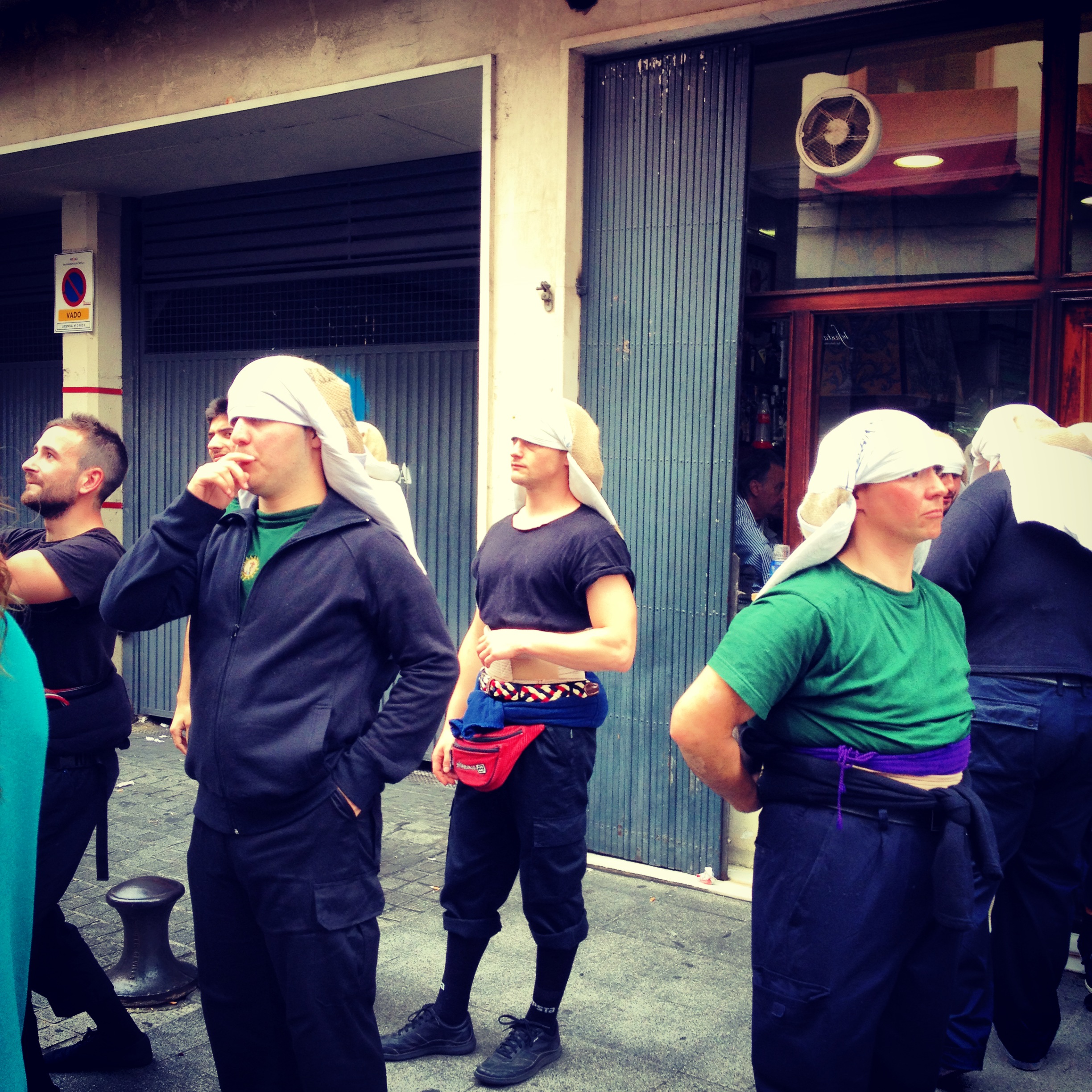
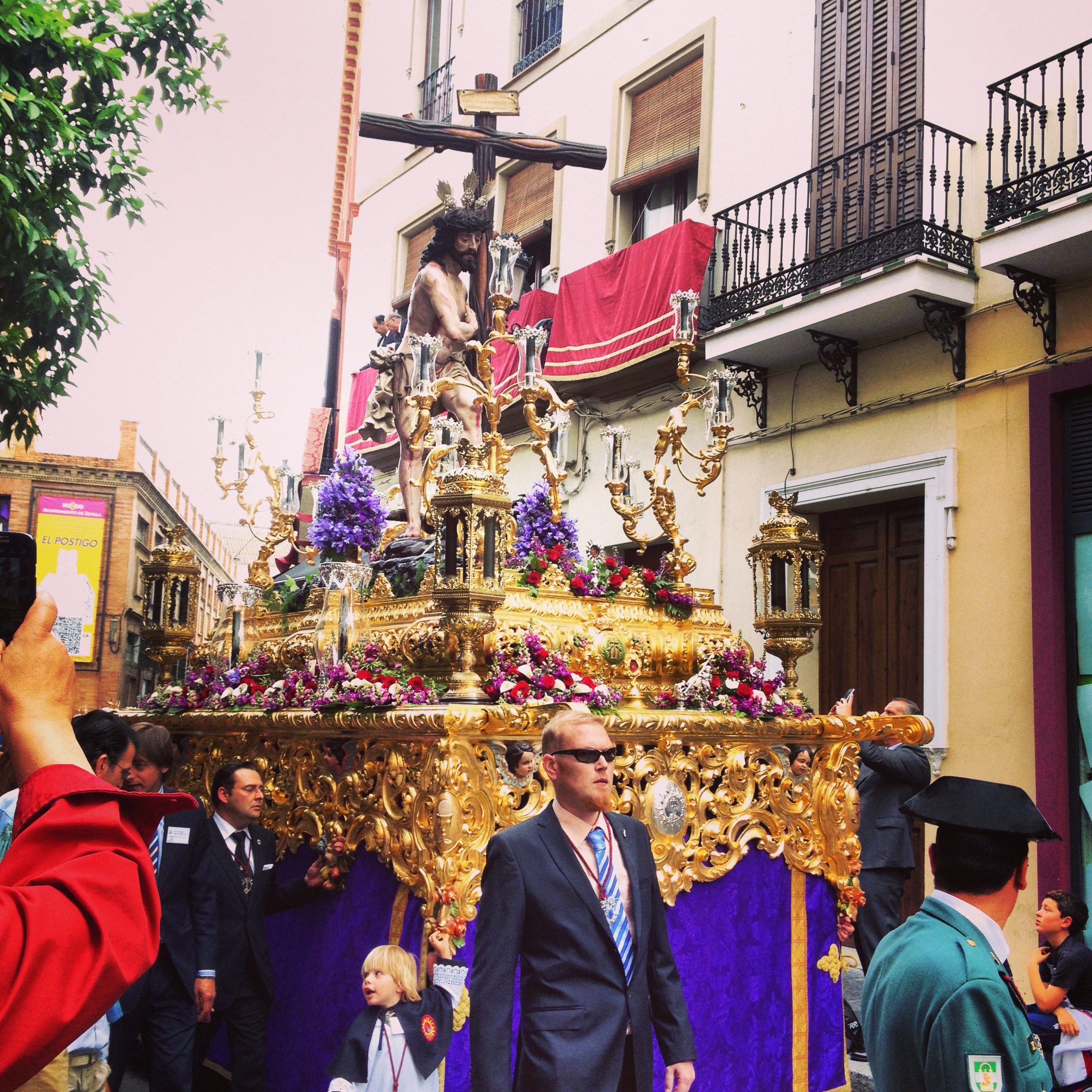
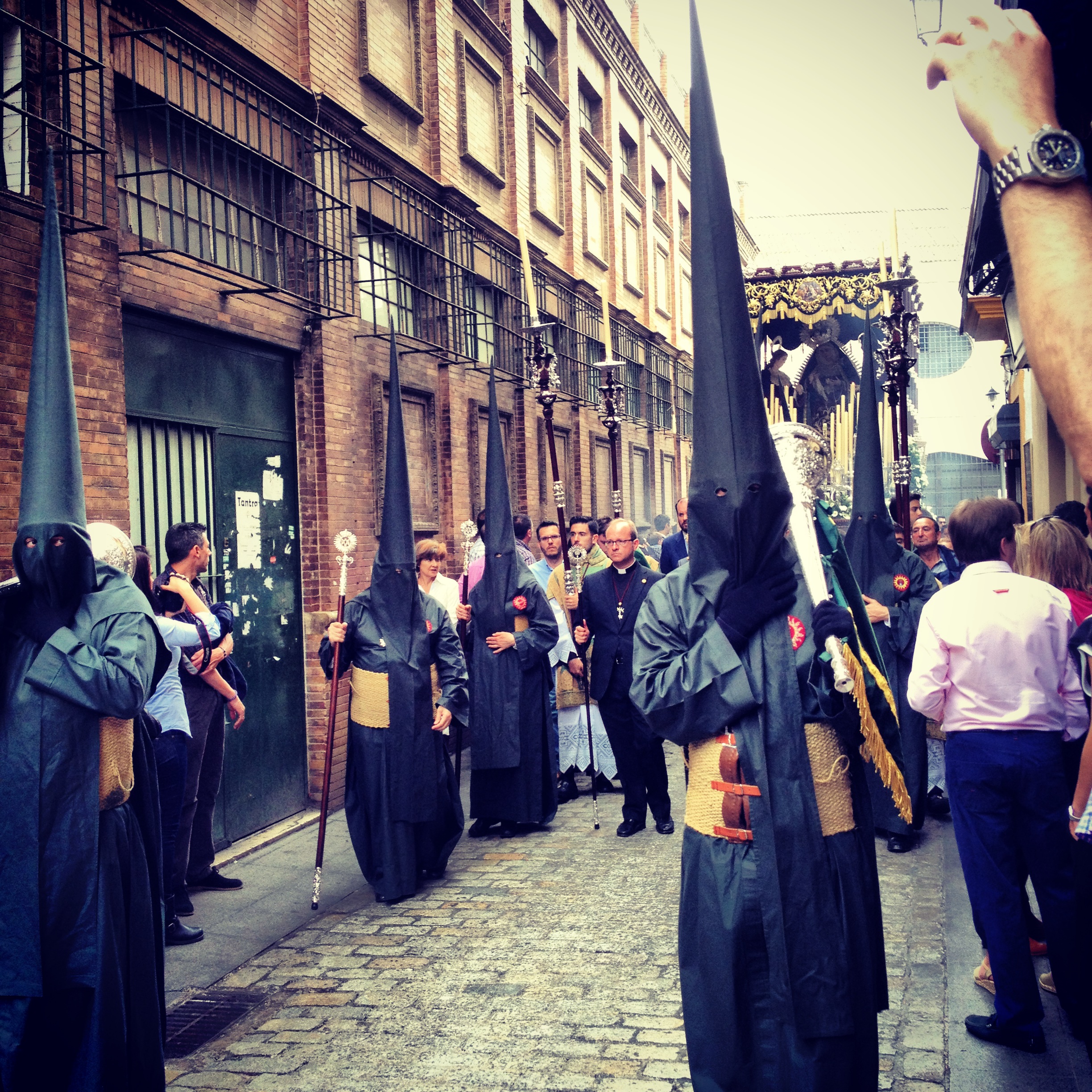
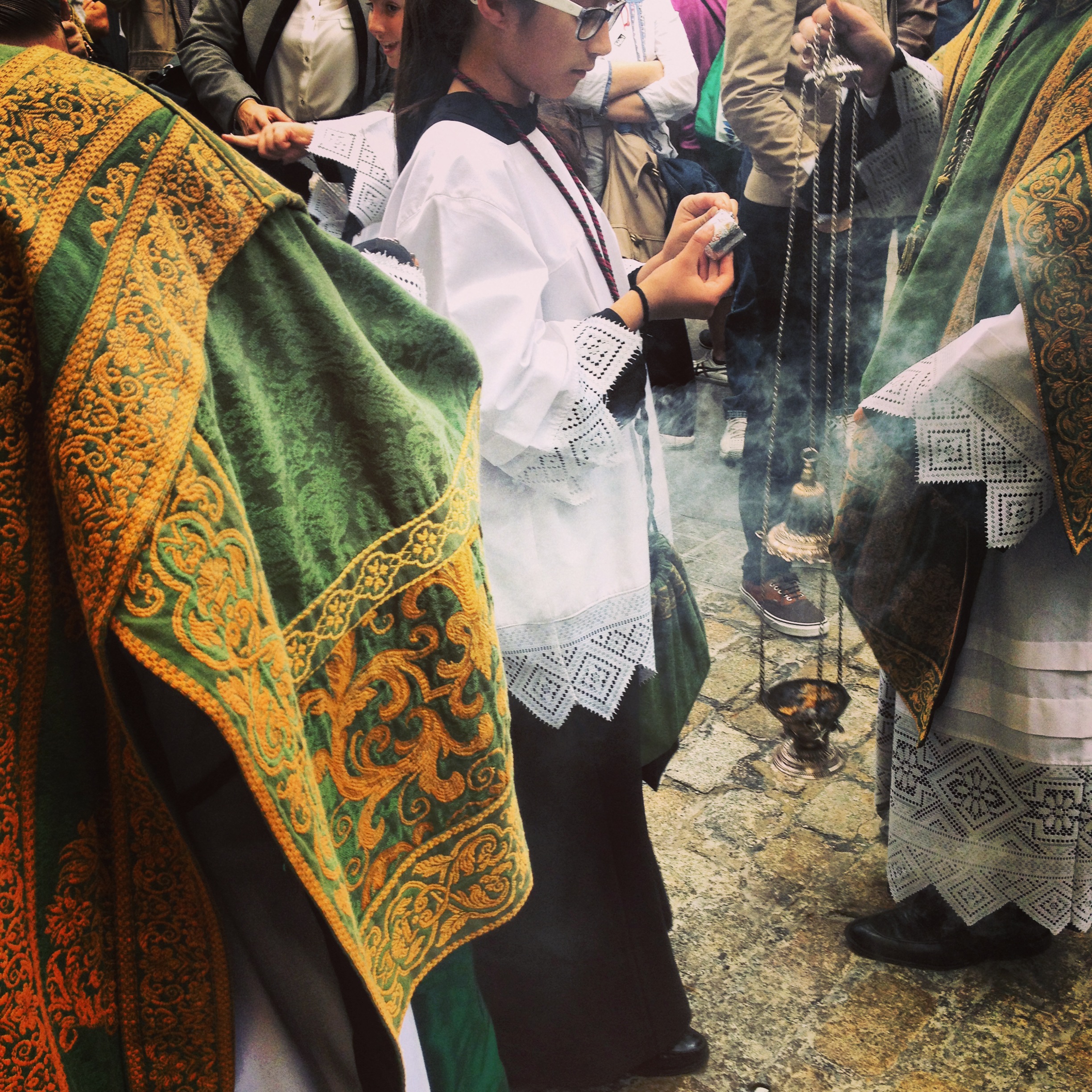
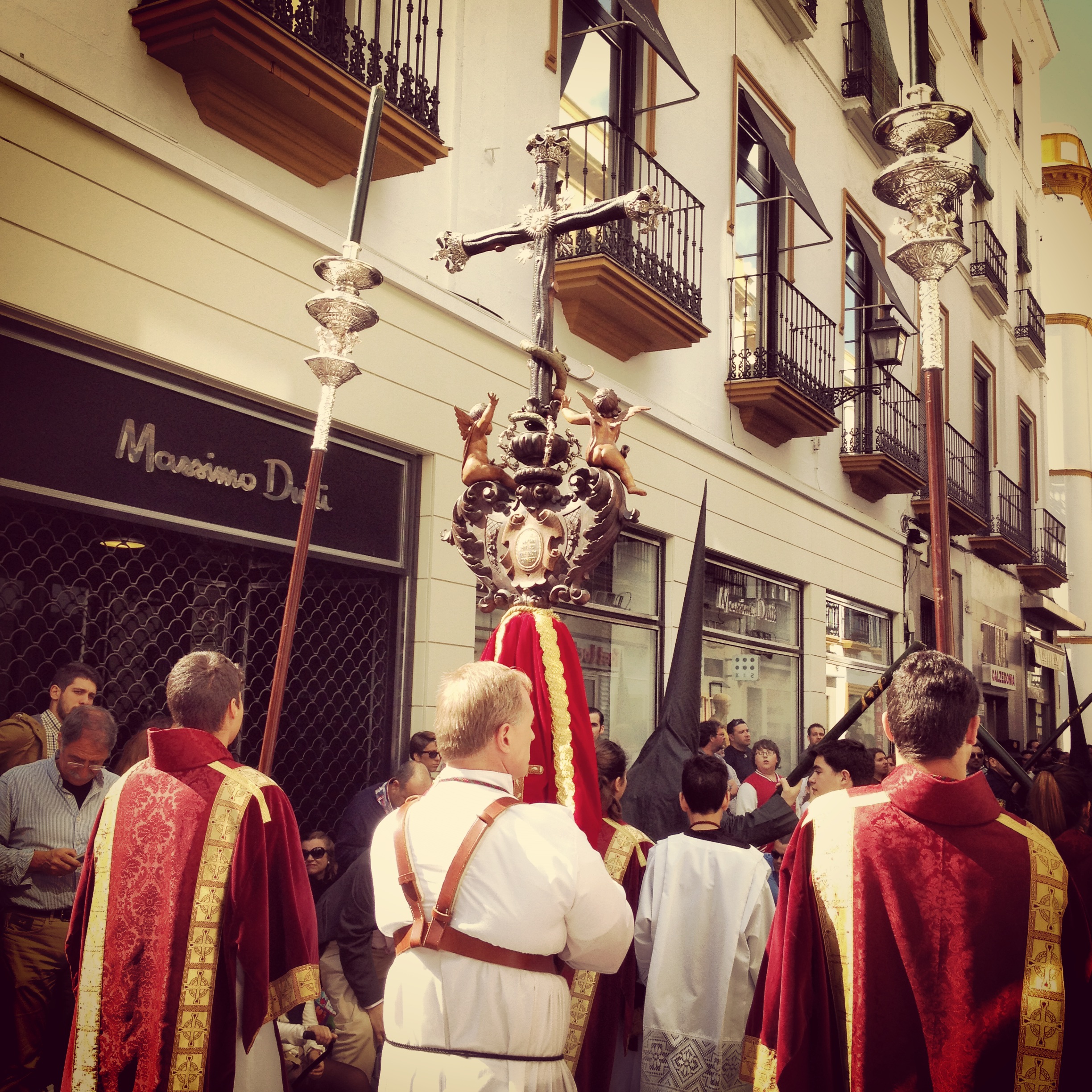
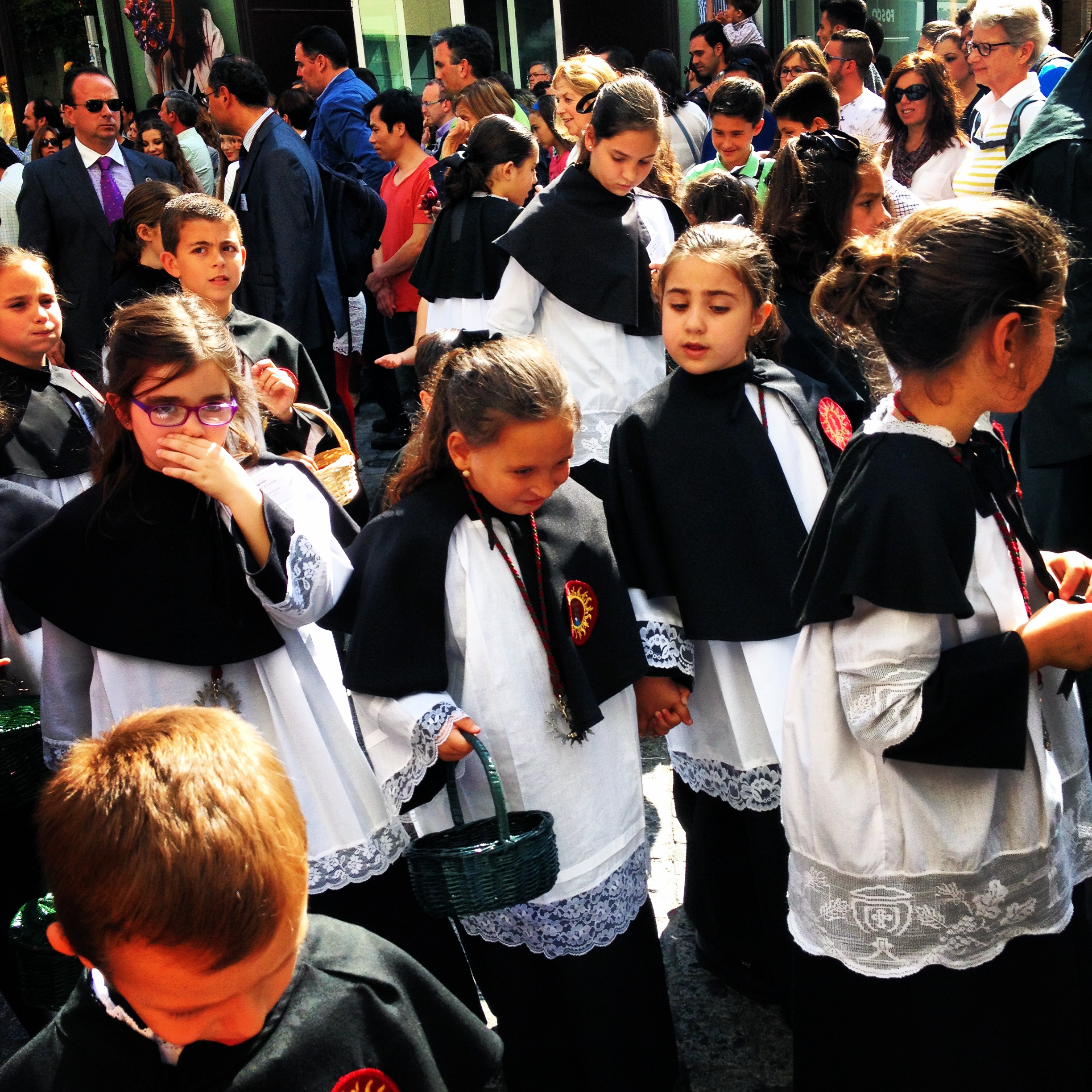
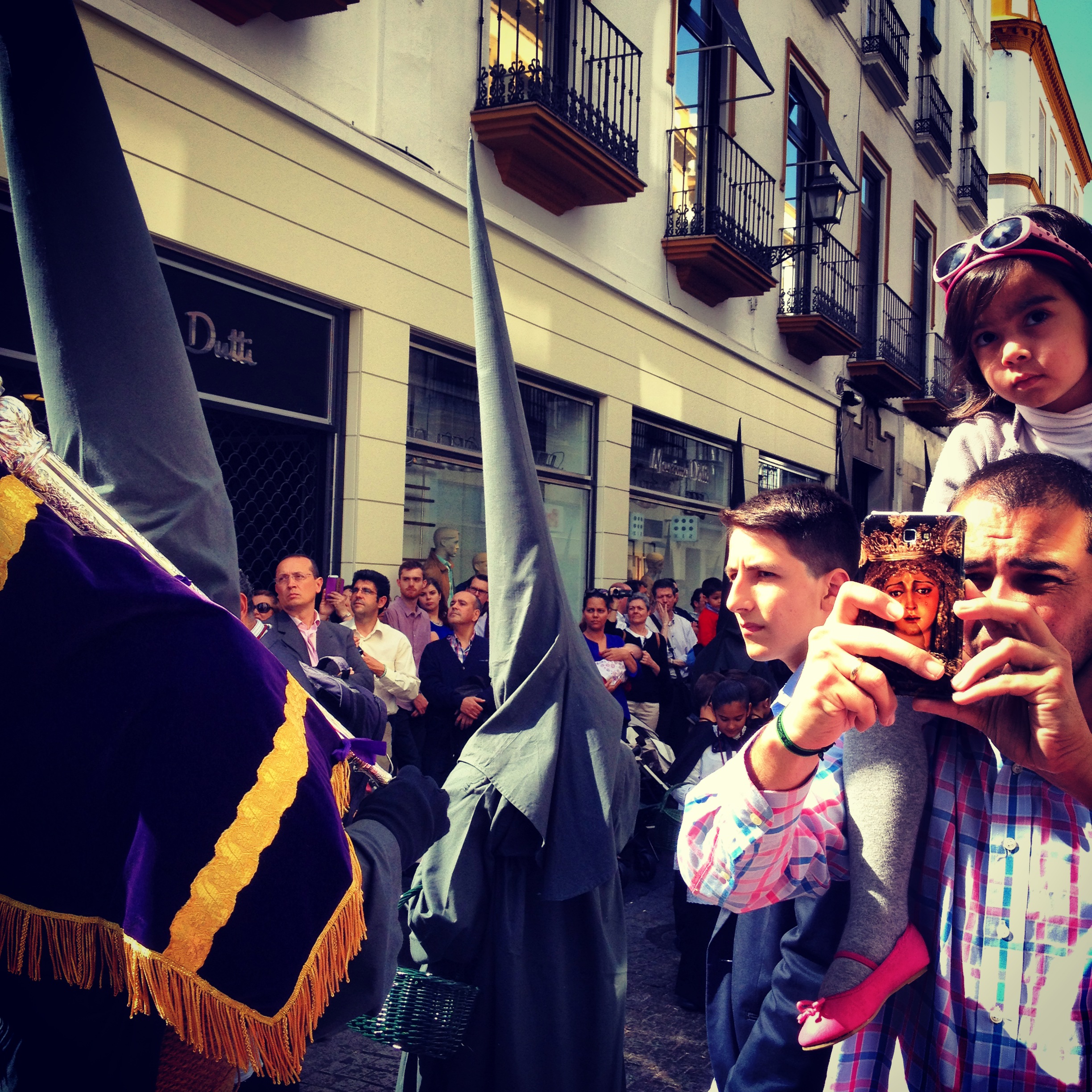
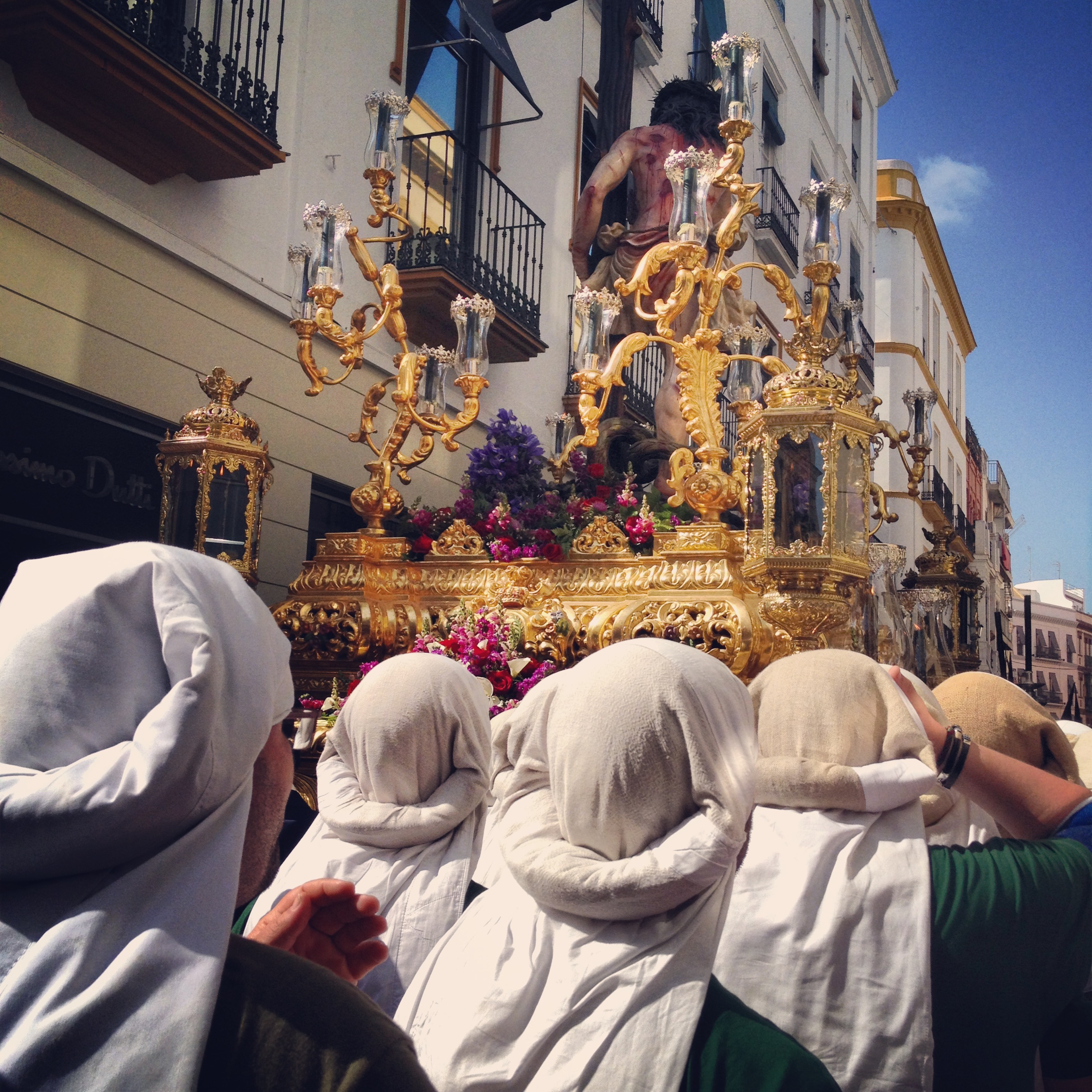
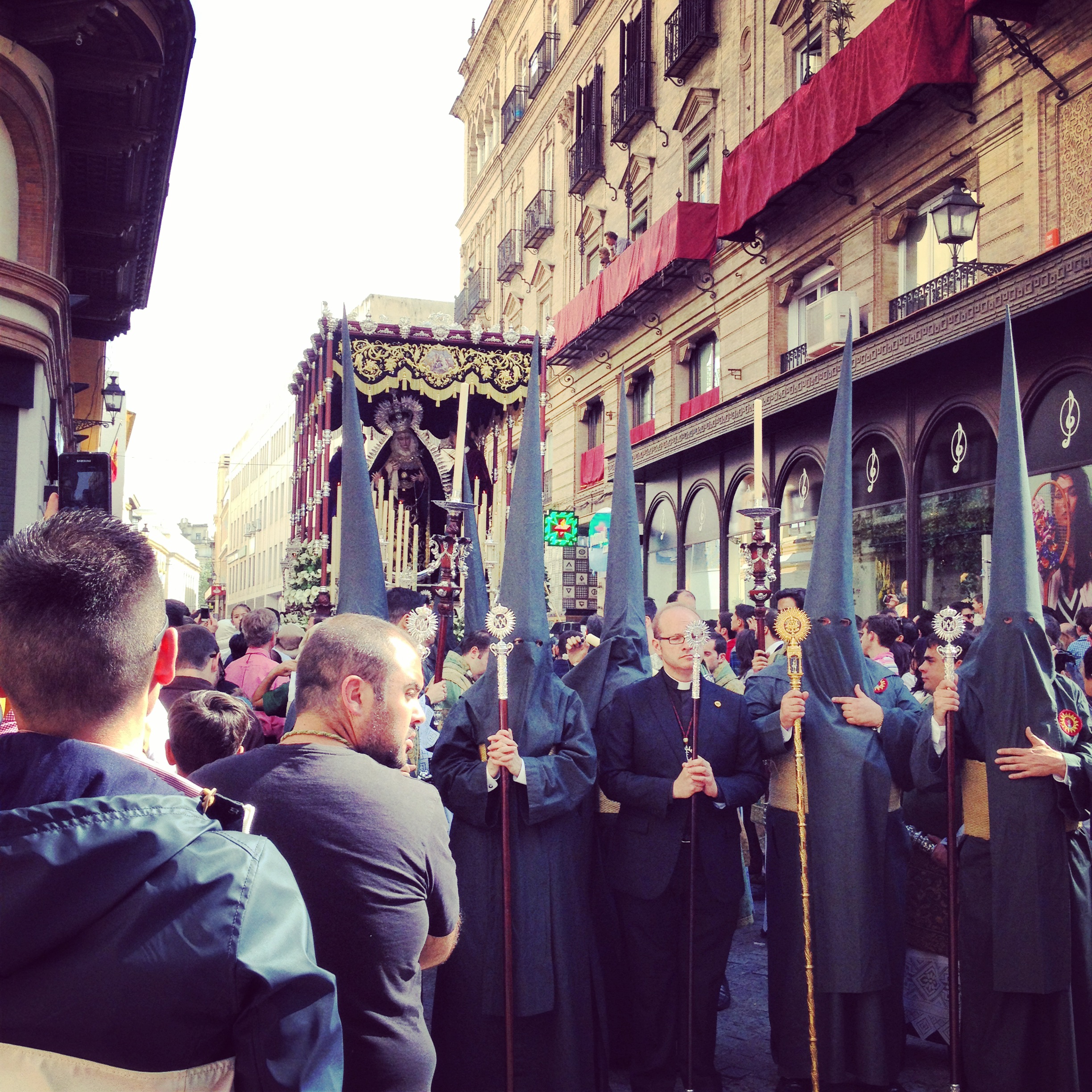
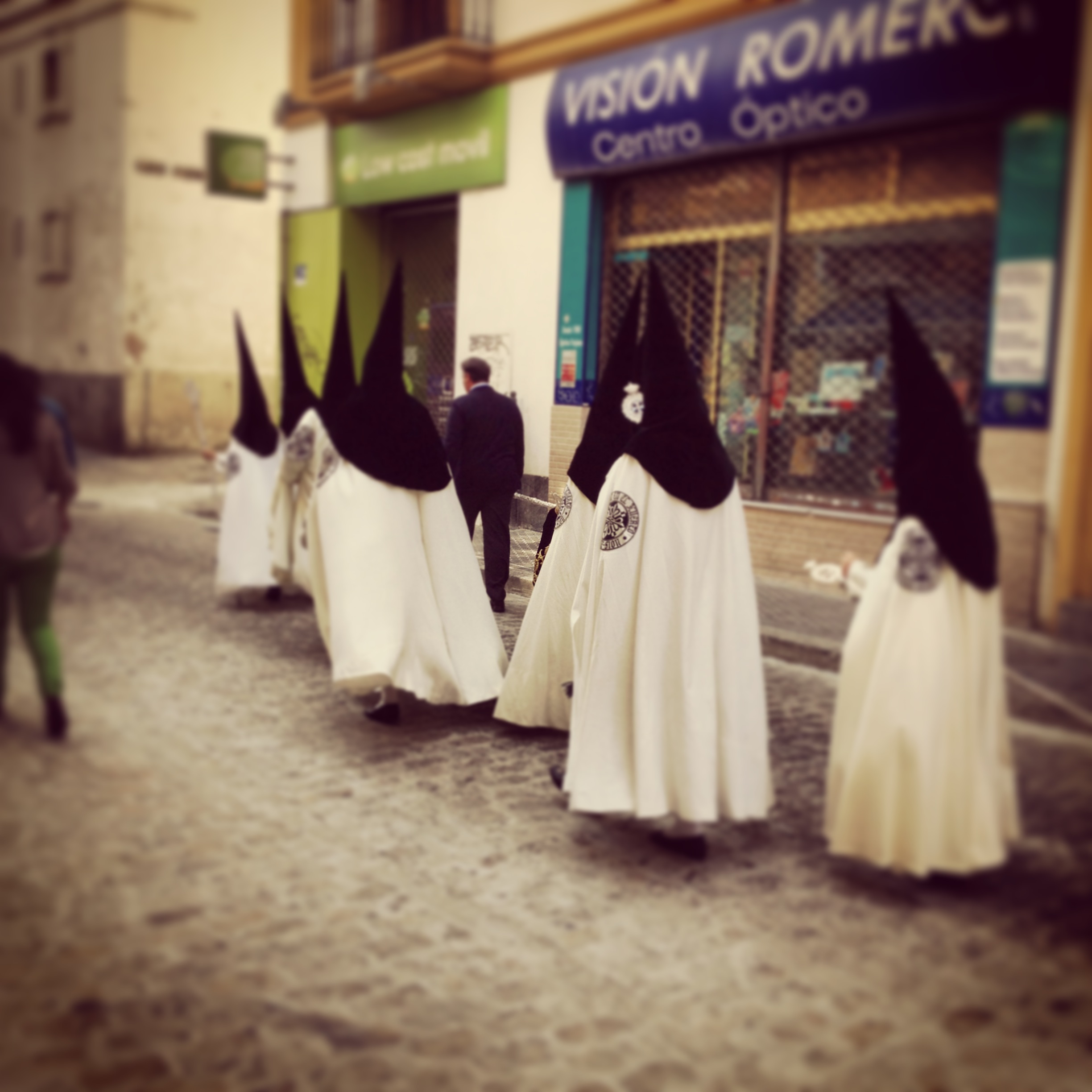
Easter Sunday itself, is perhaps the quietest day of the whole of Semana Santa. I’m not sure how many processions we could have actually taken, but there are none on this day itself, as this is the day when the pesos are carried back to their churches and the statues brought home, for another year.
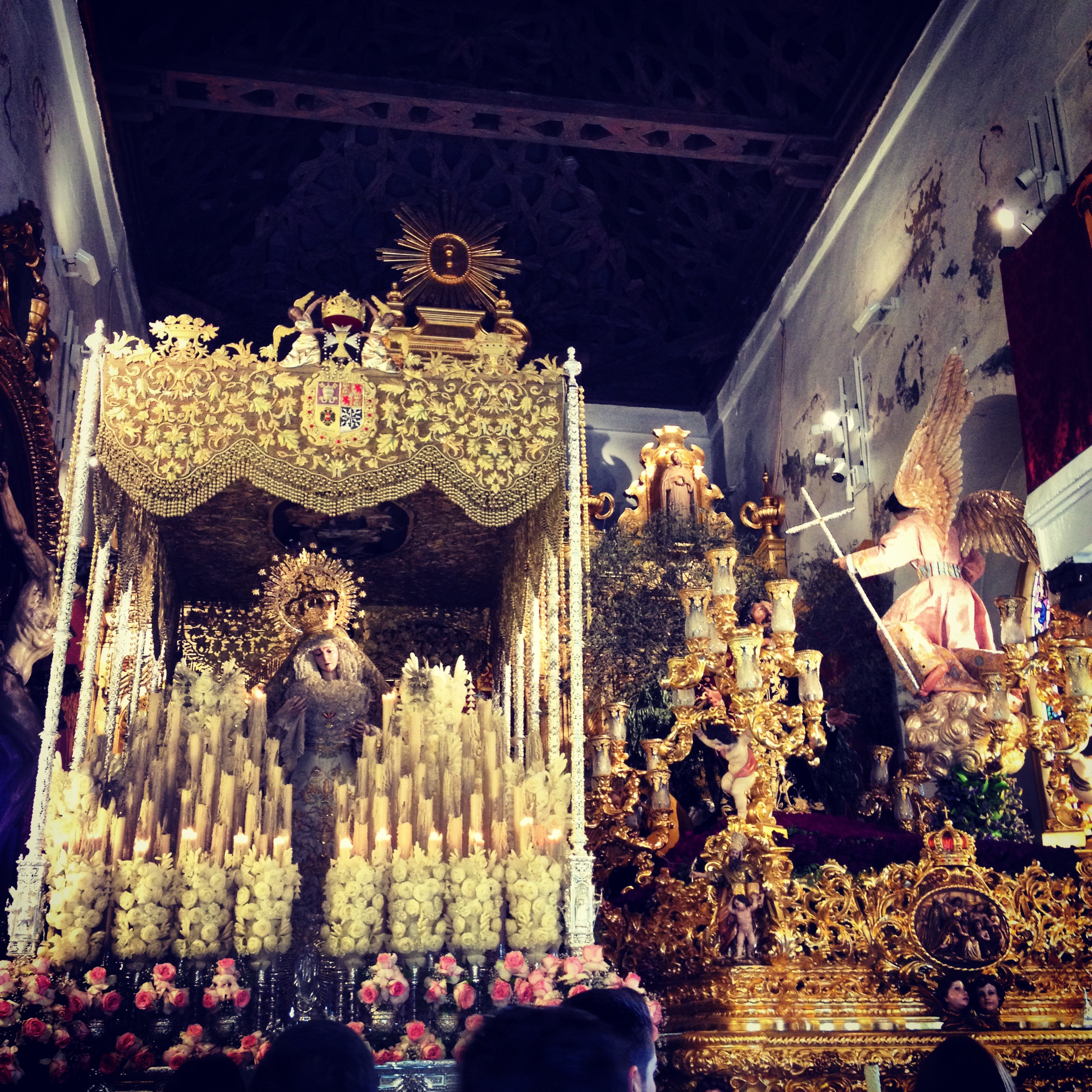
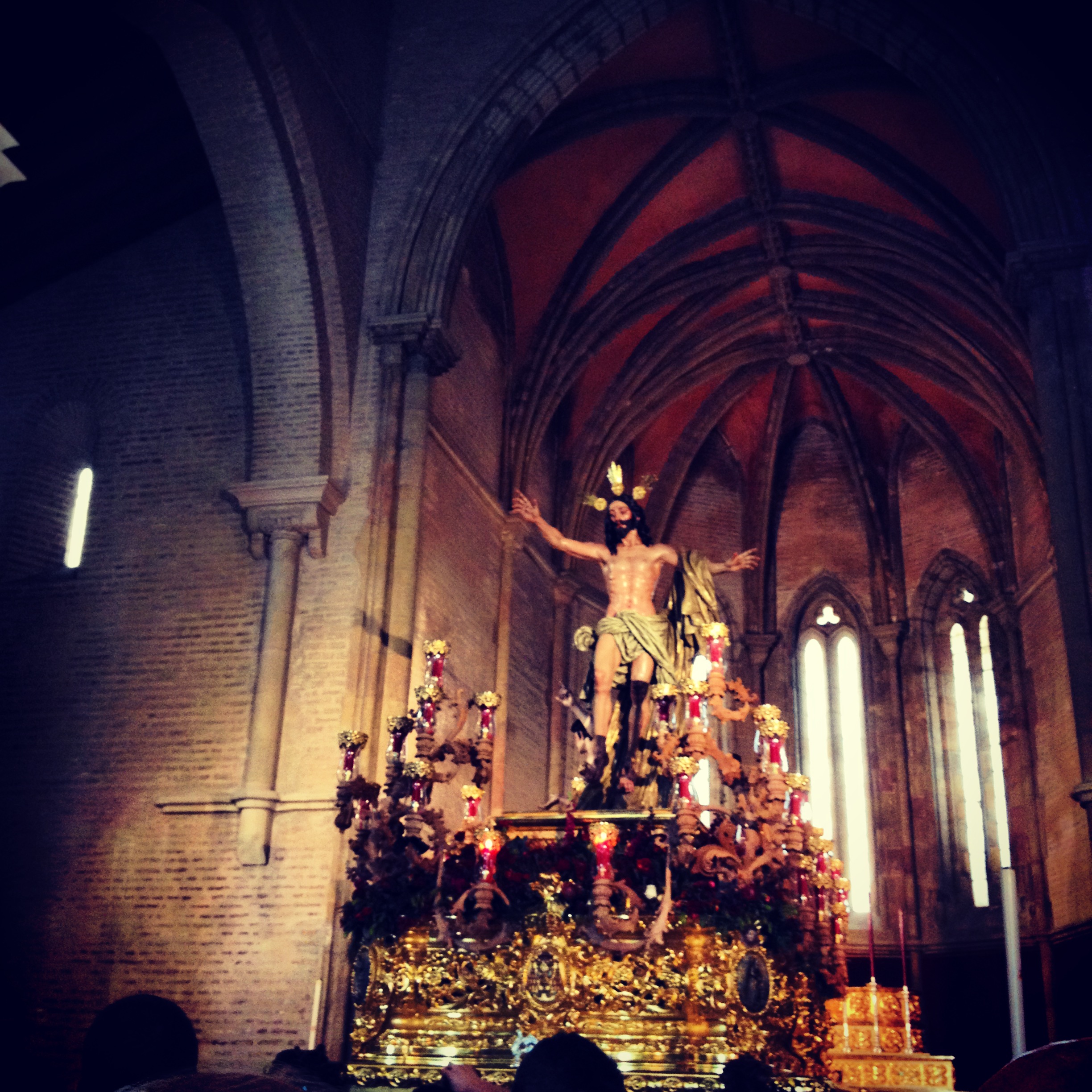
All in all, one of the breath-taking weekends we have ever experienced. And, on top of all of the Semana Santa excitement, we still were able to experience and explore Seville. And, what a city…
